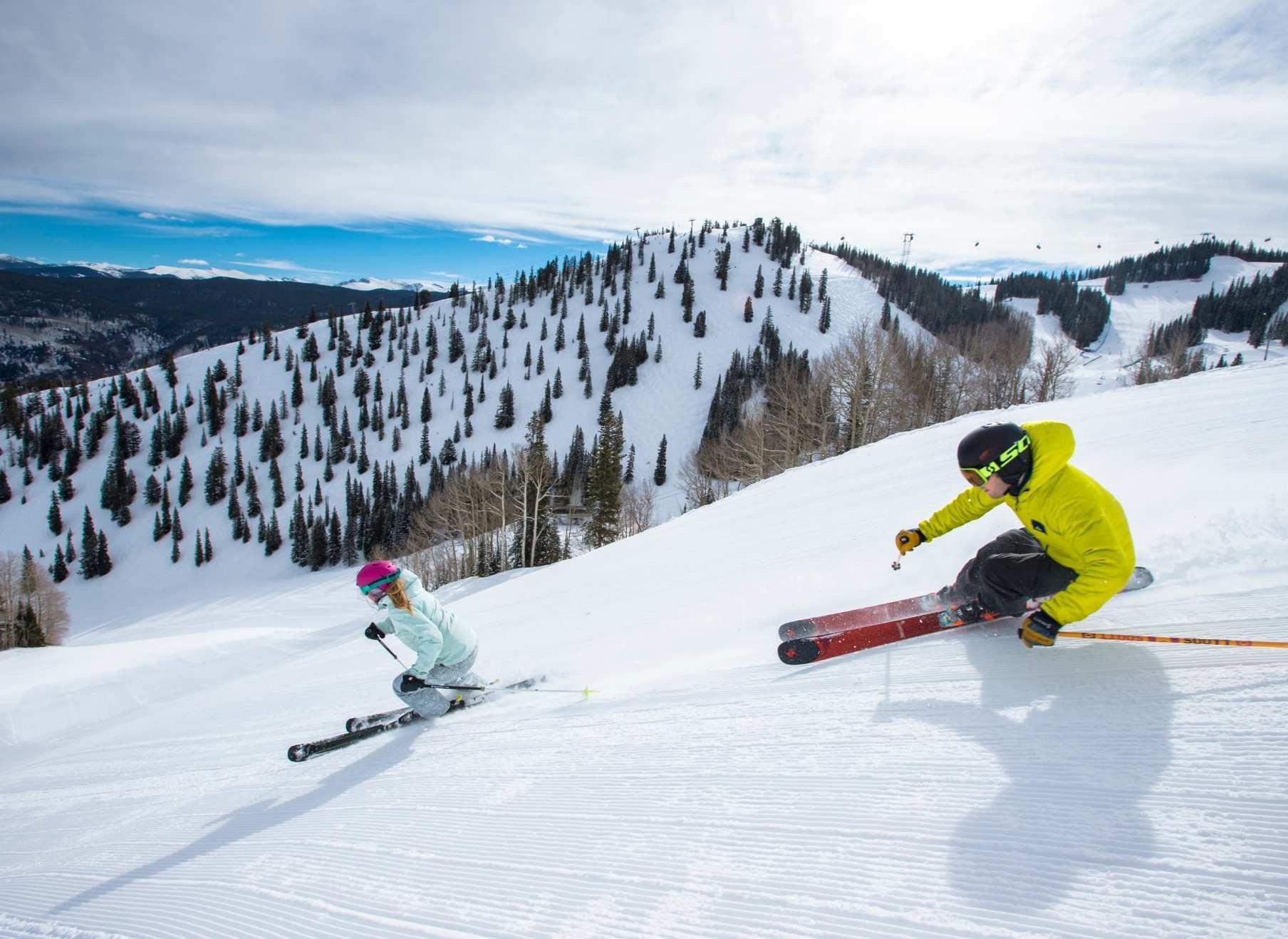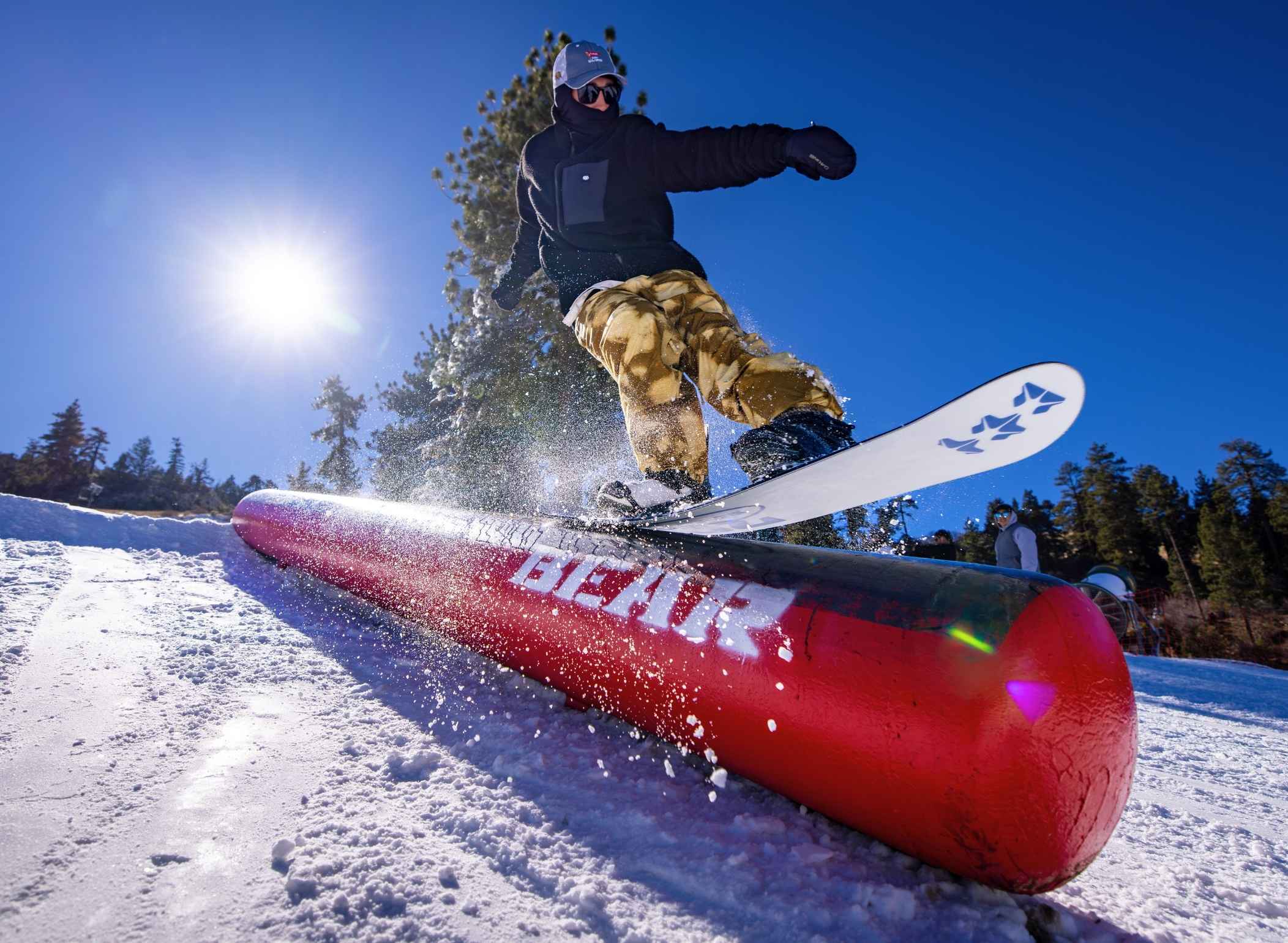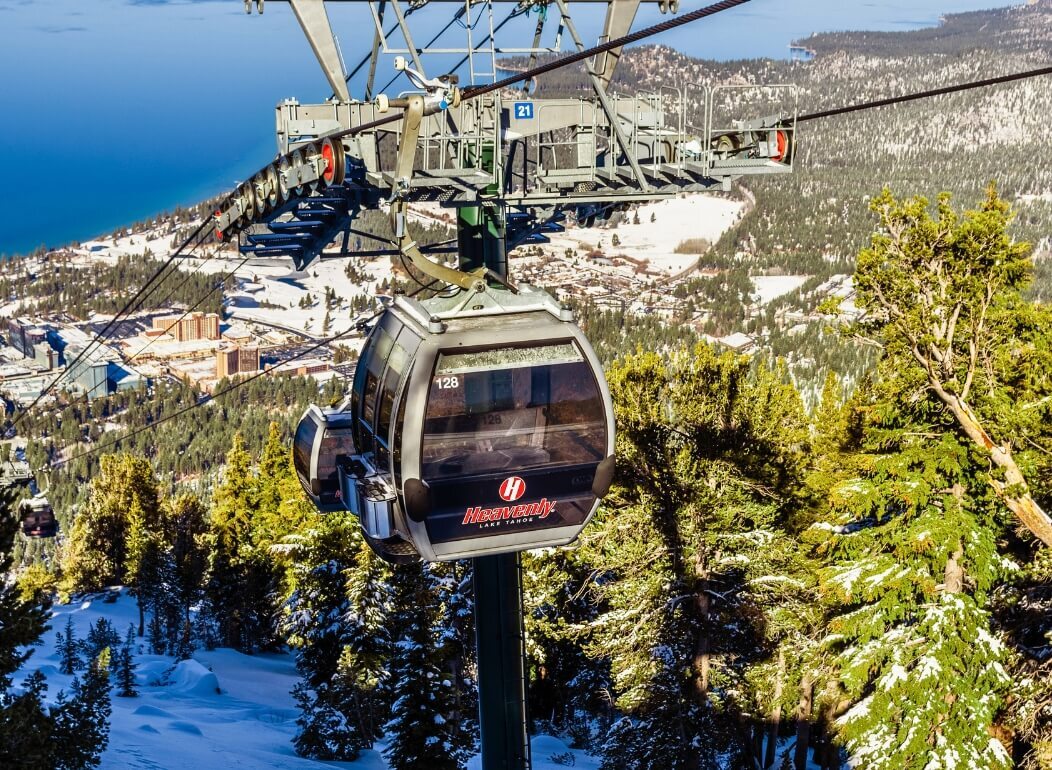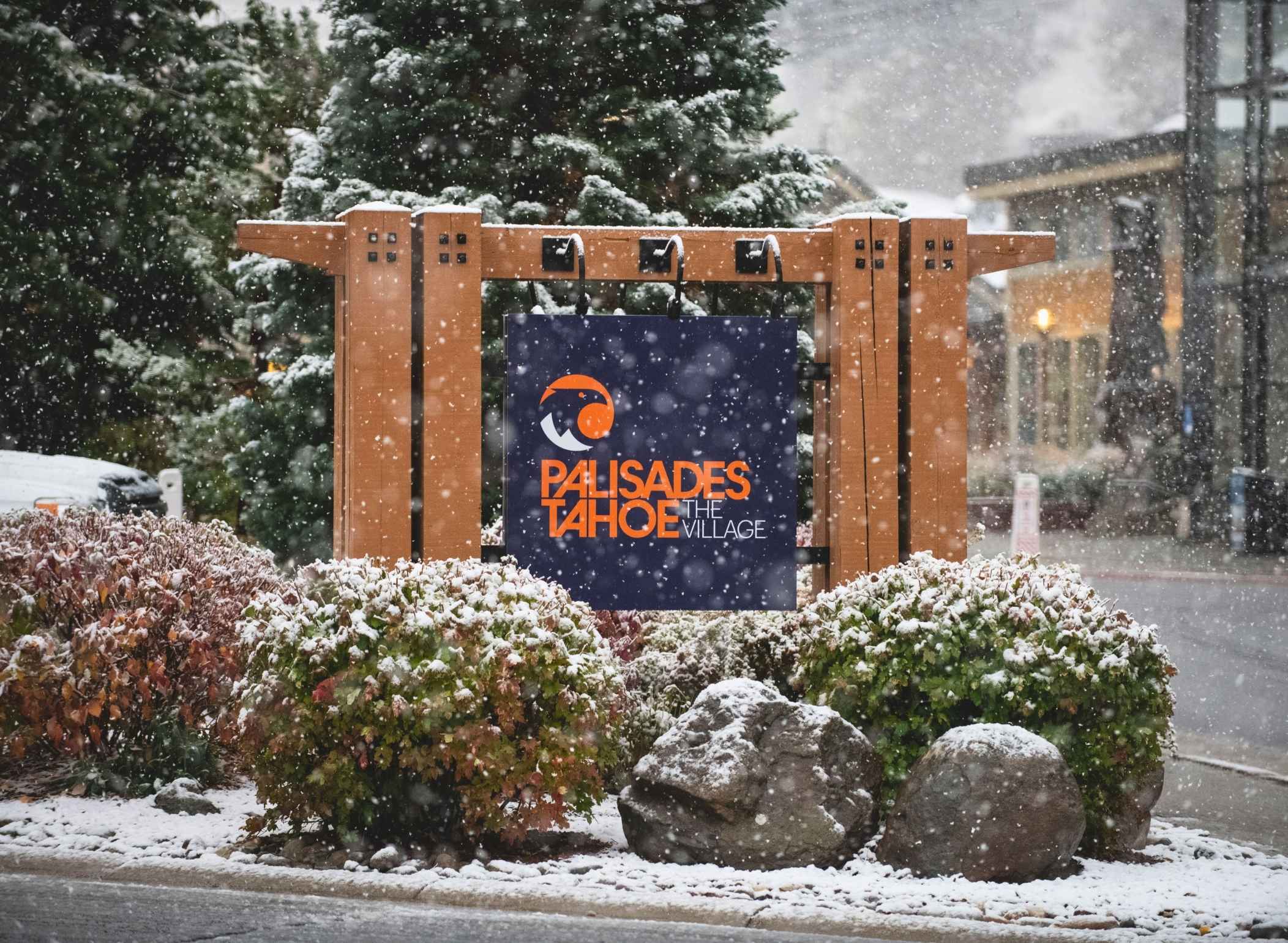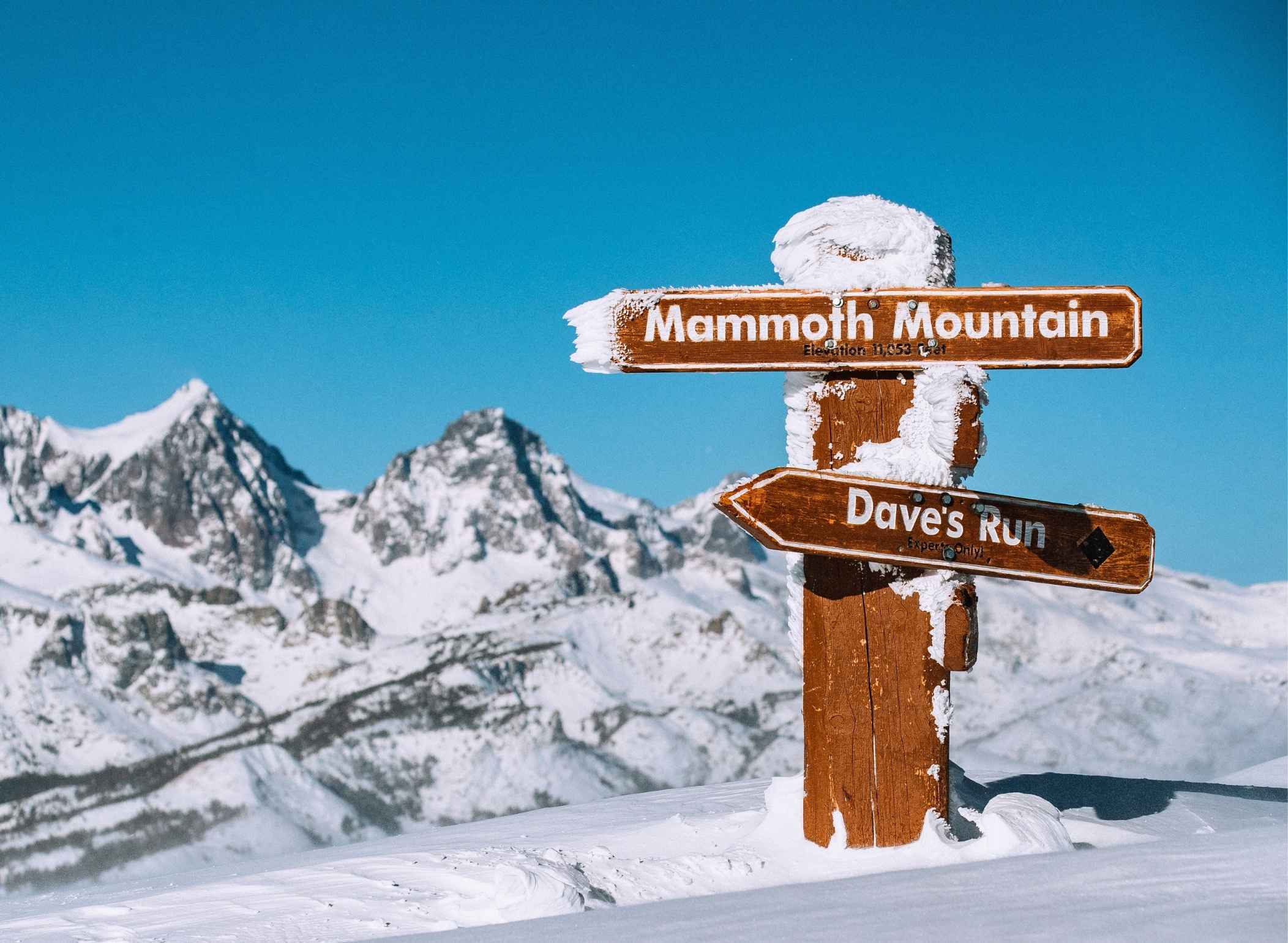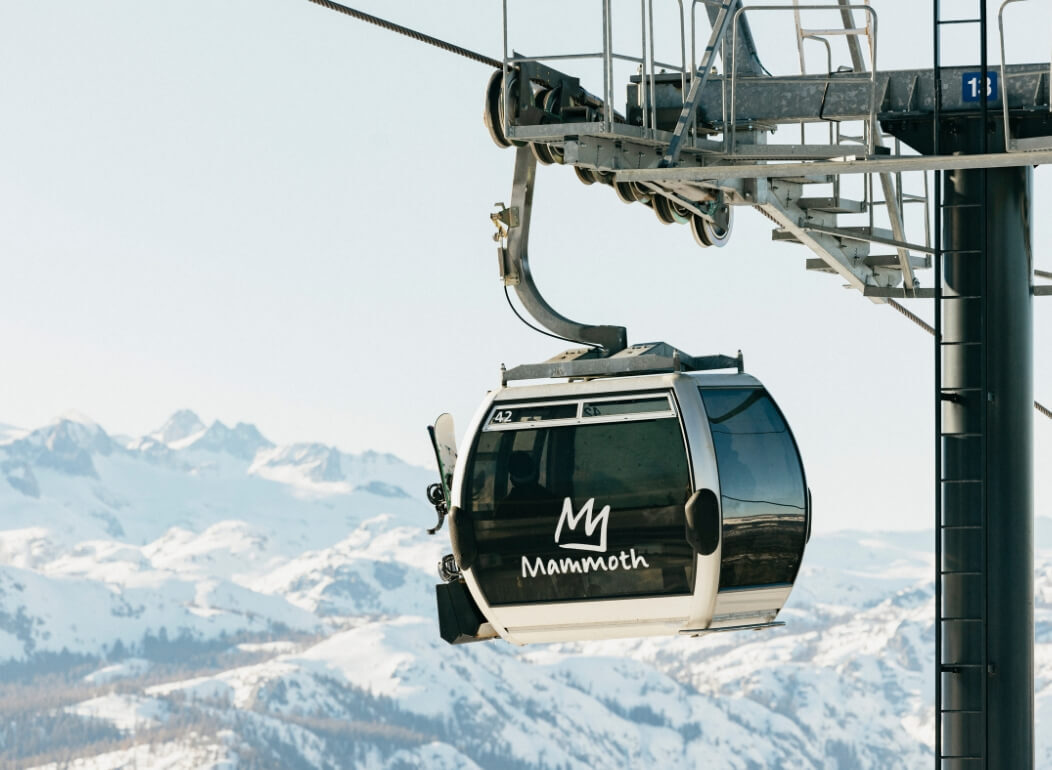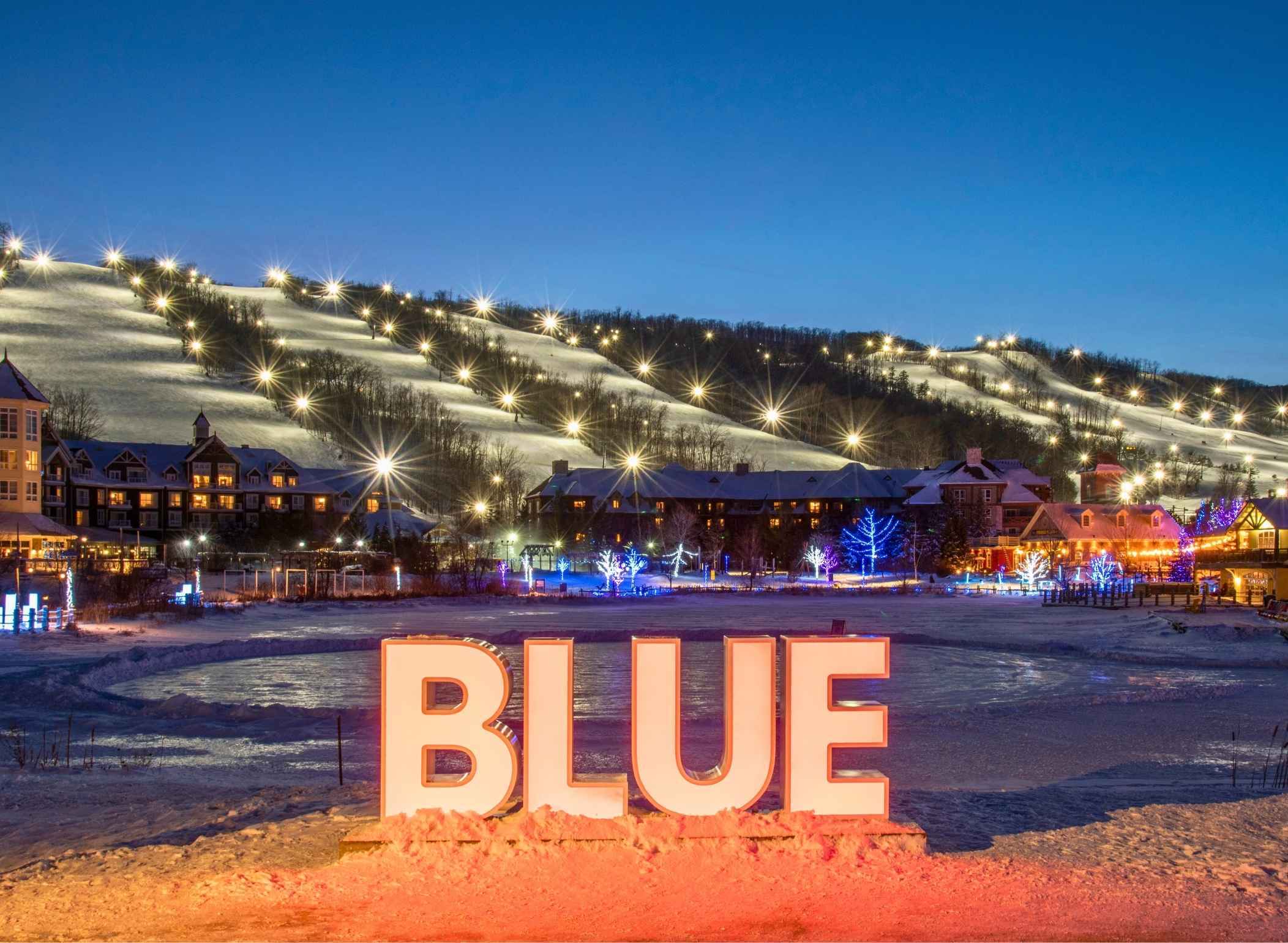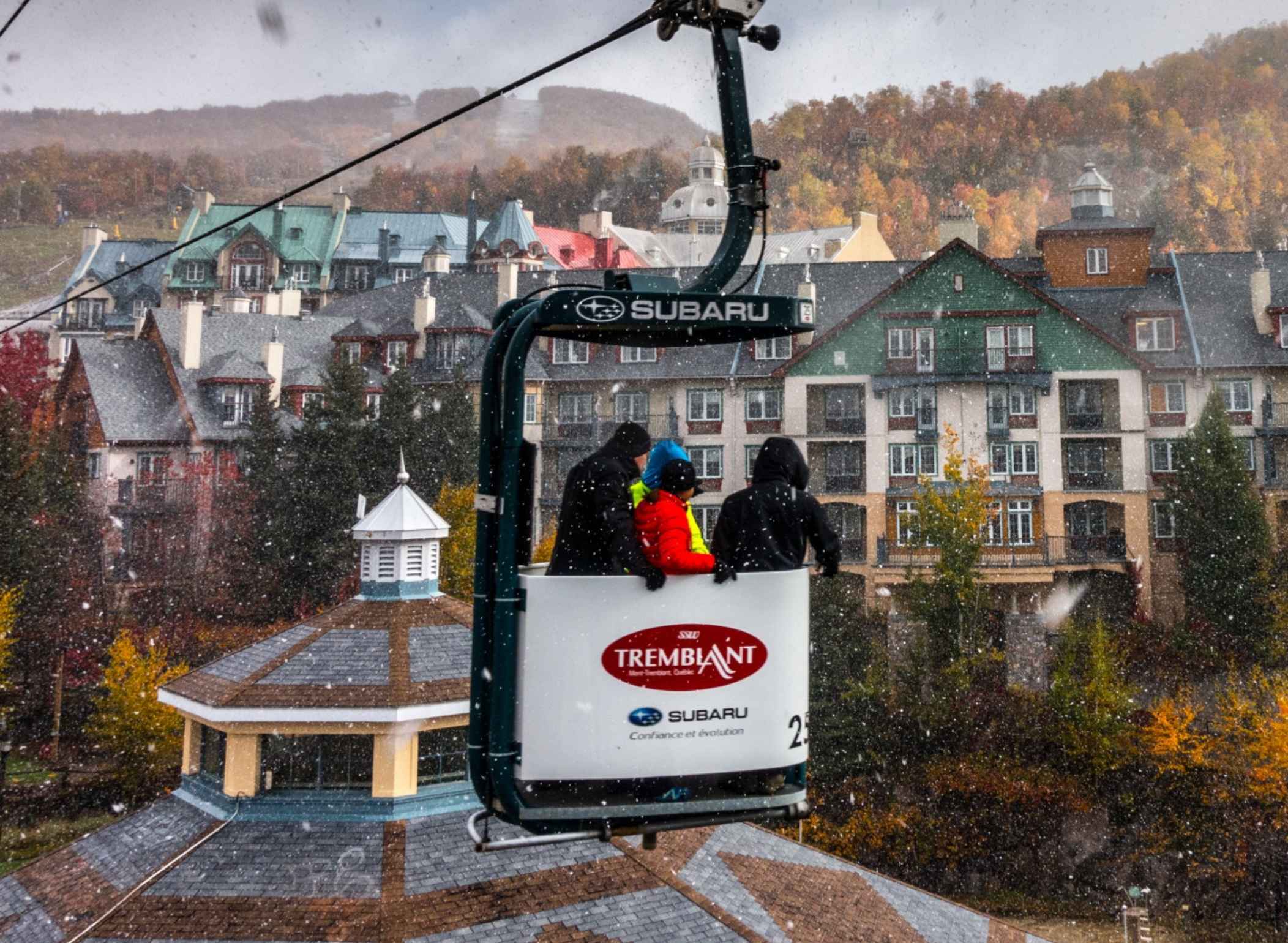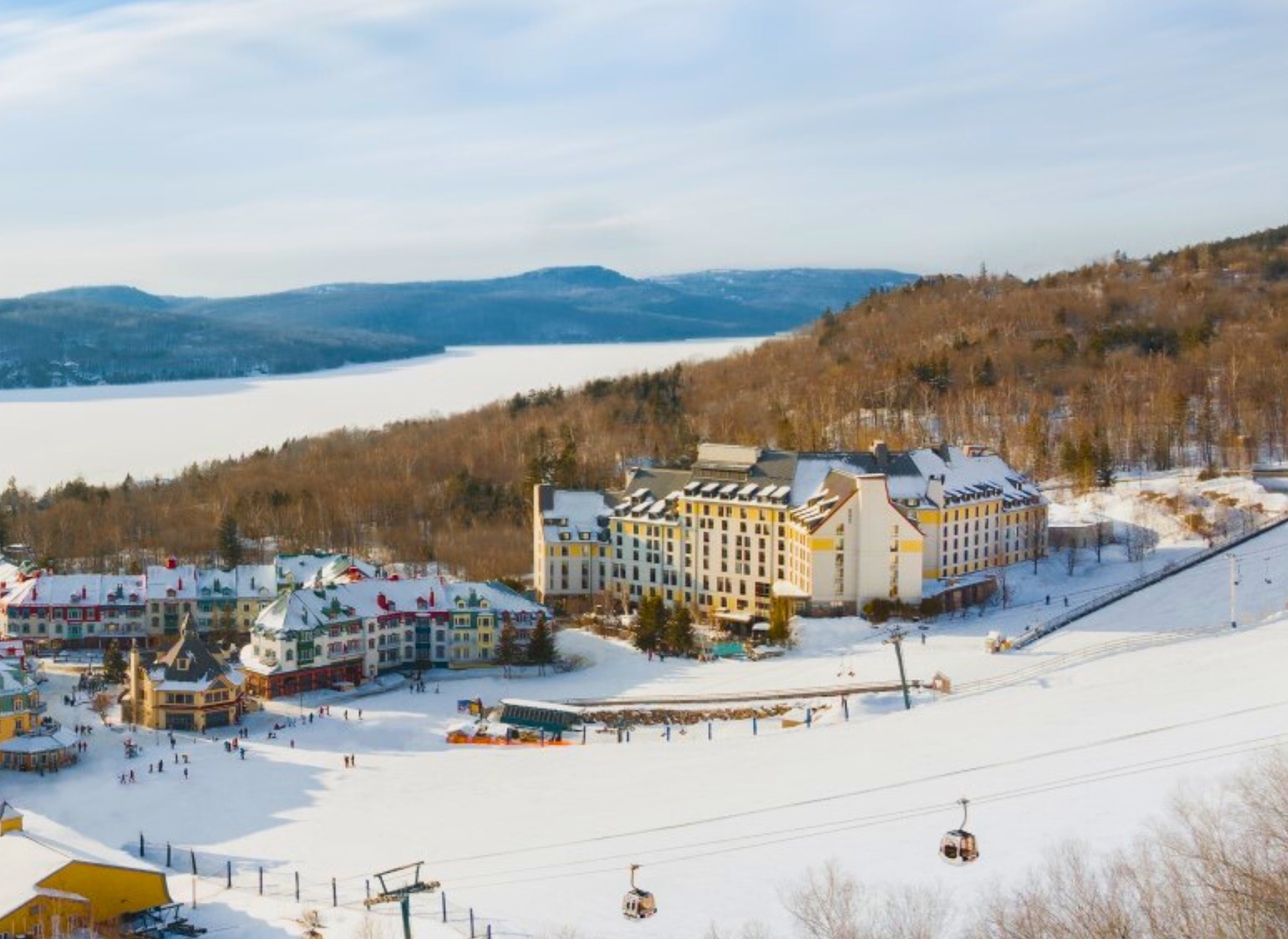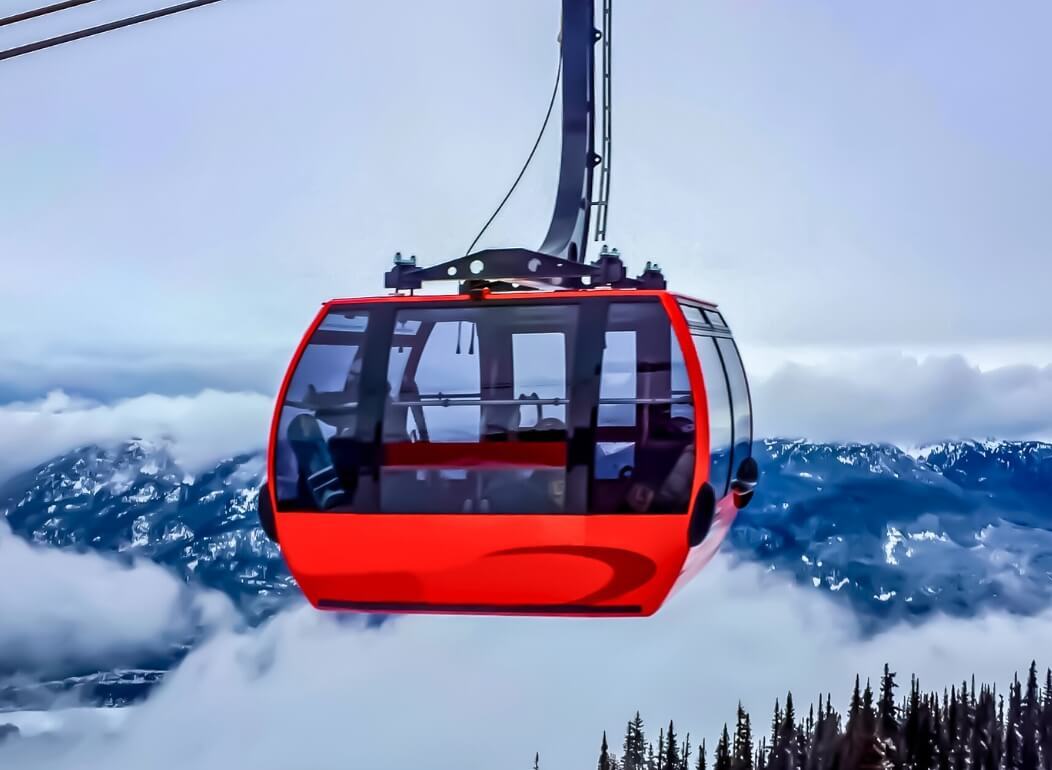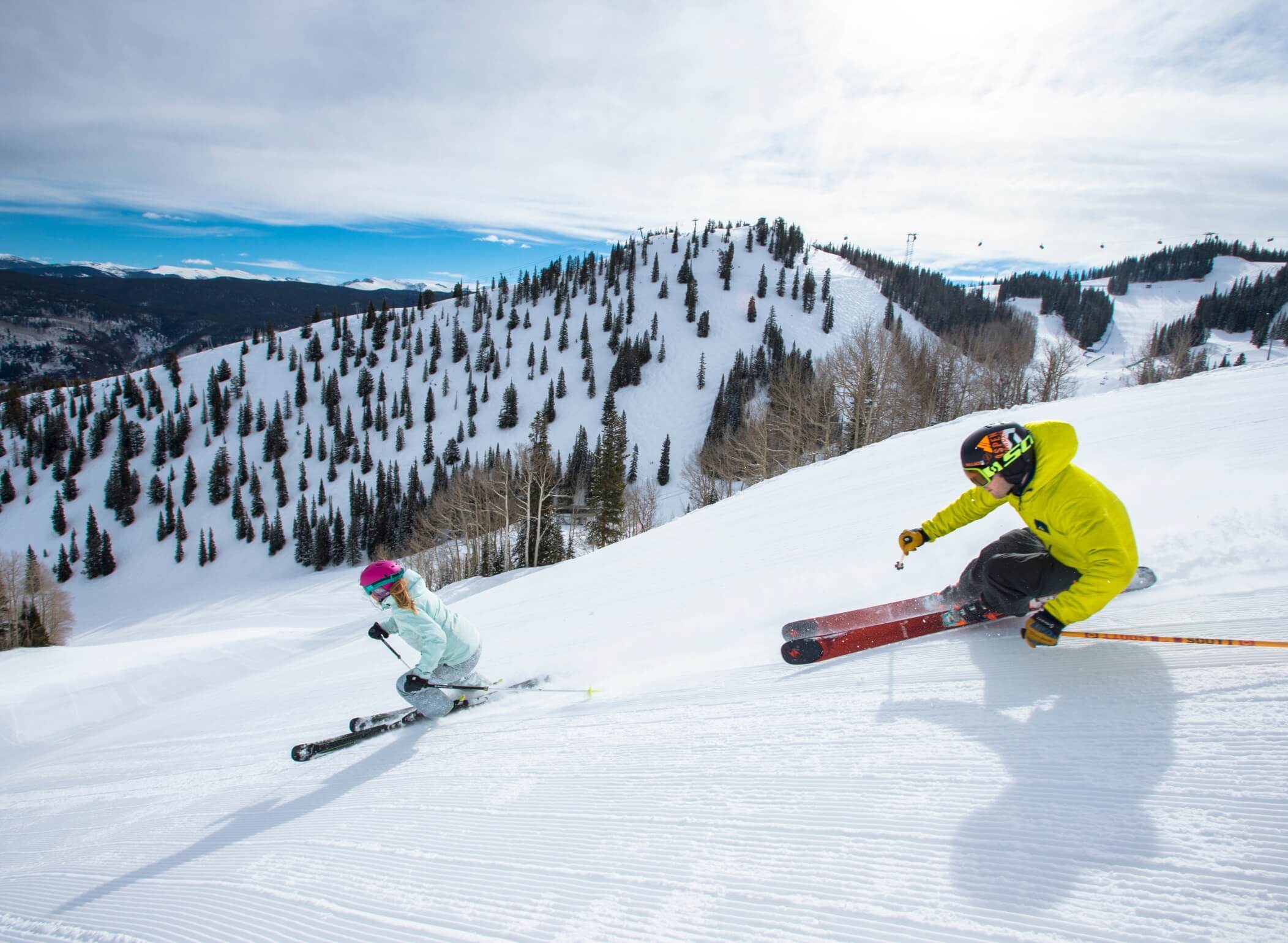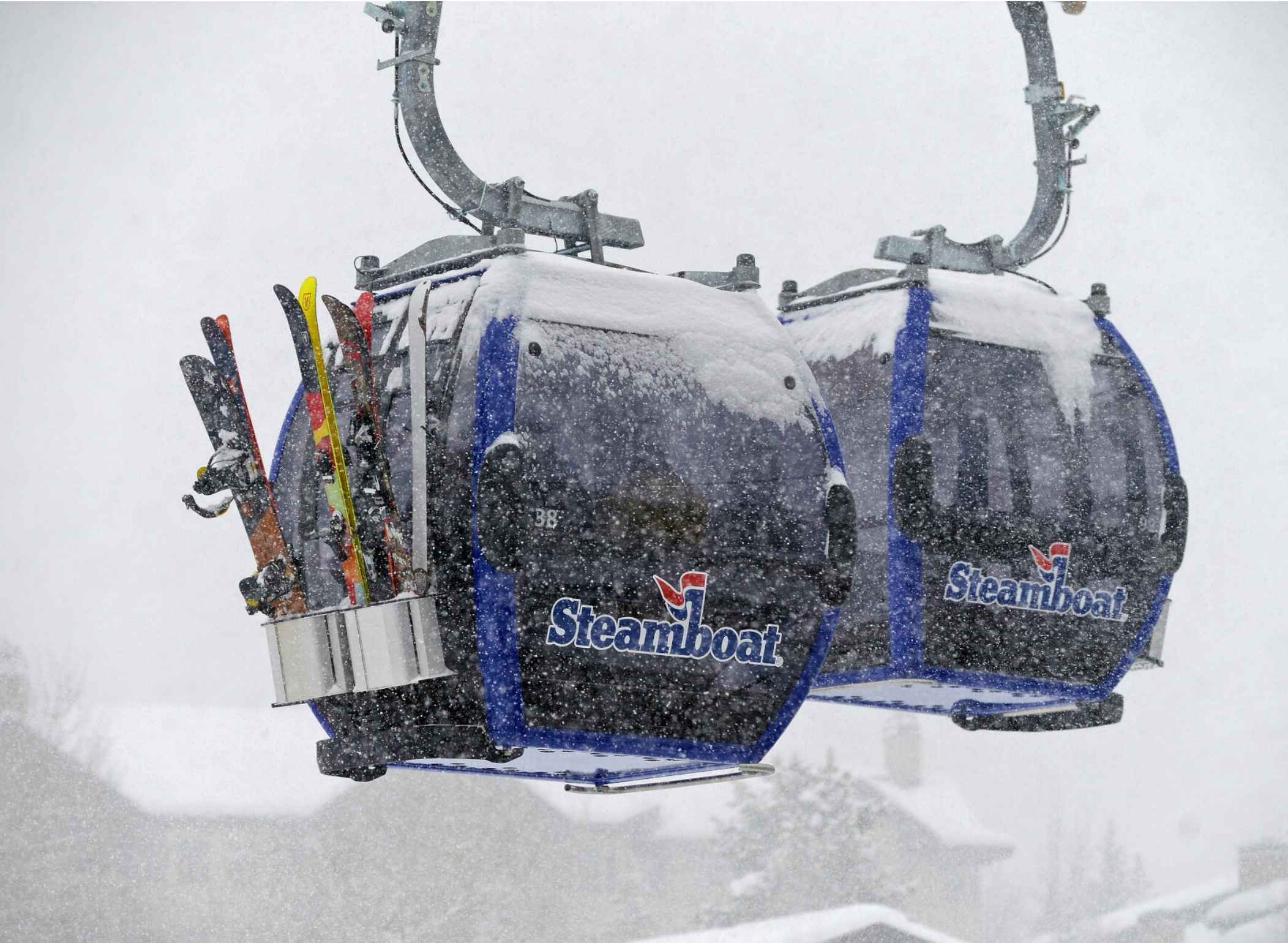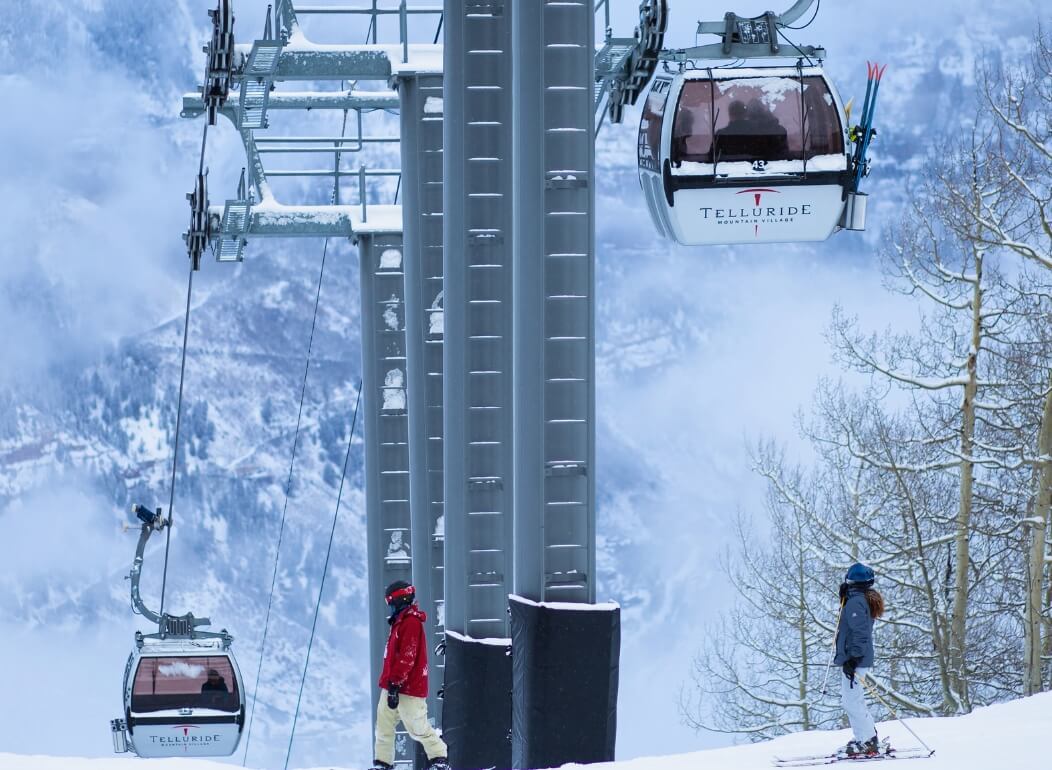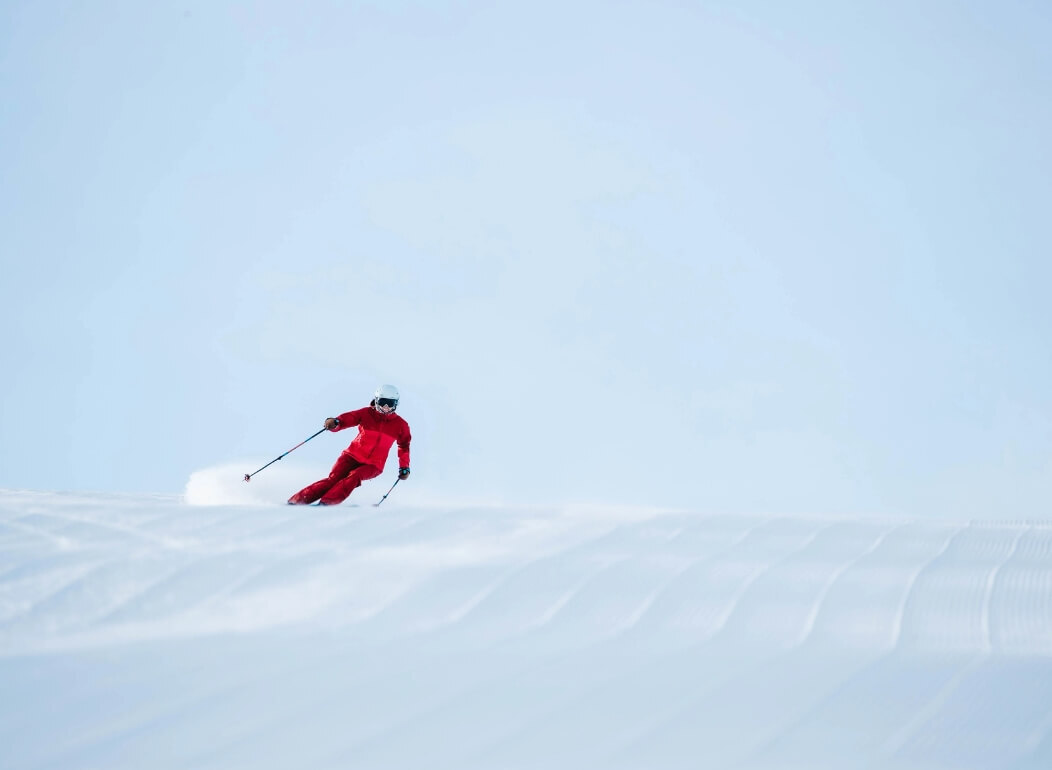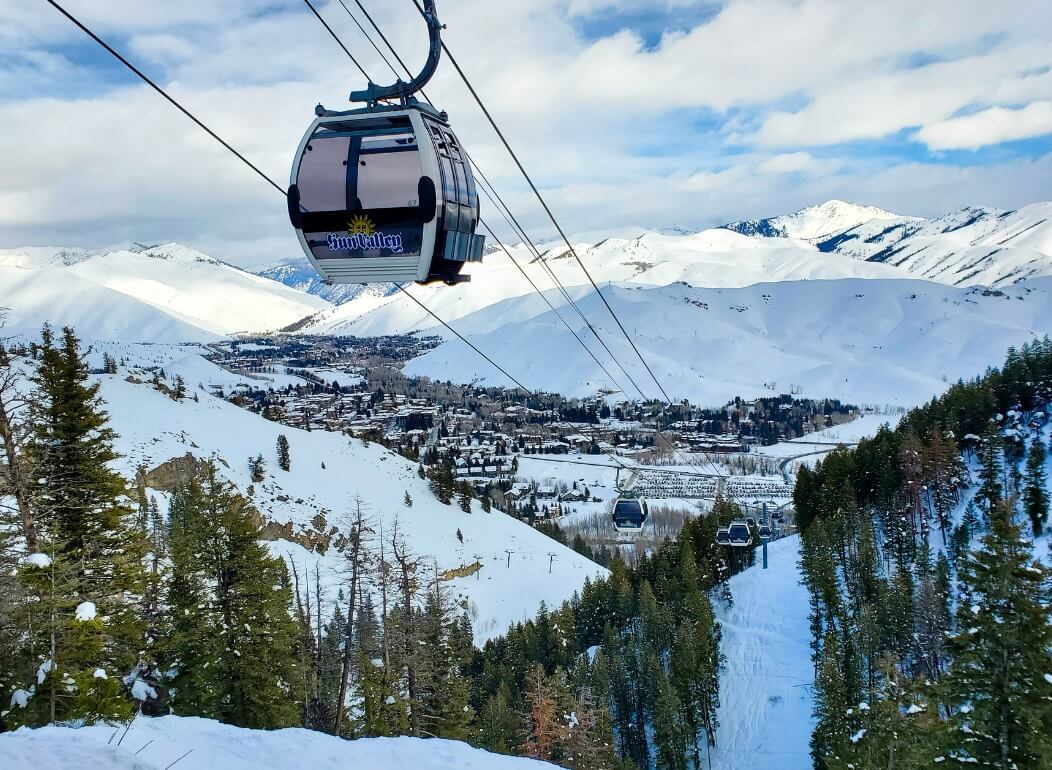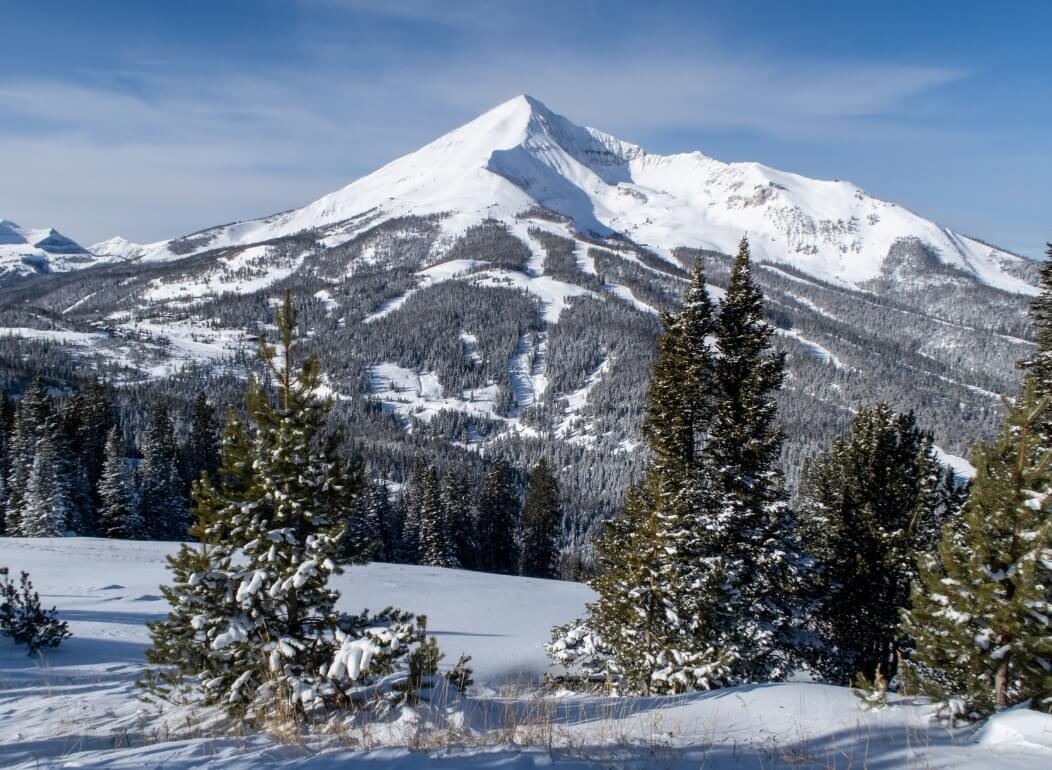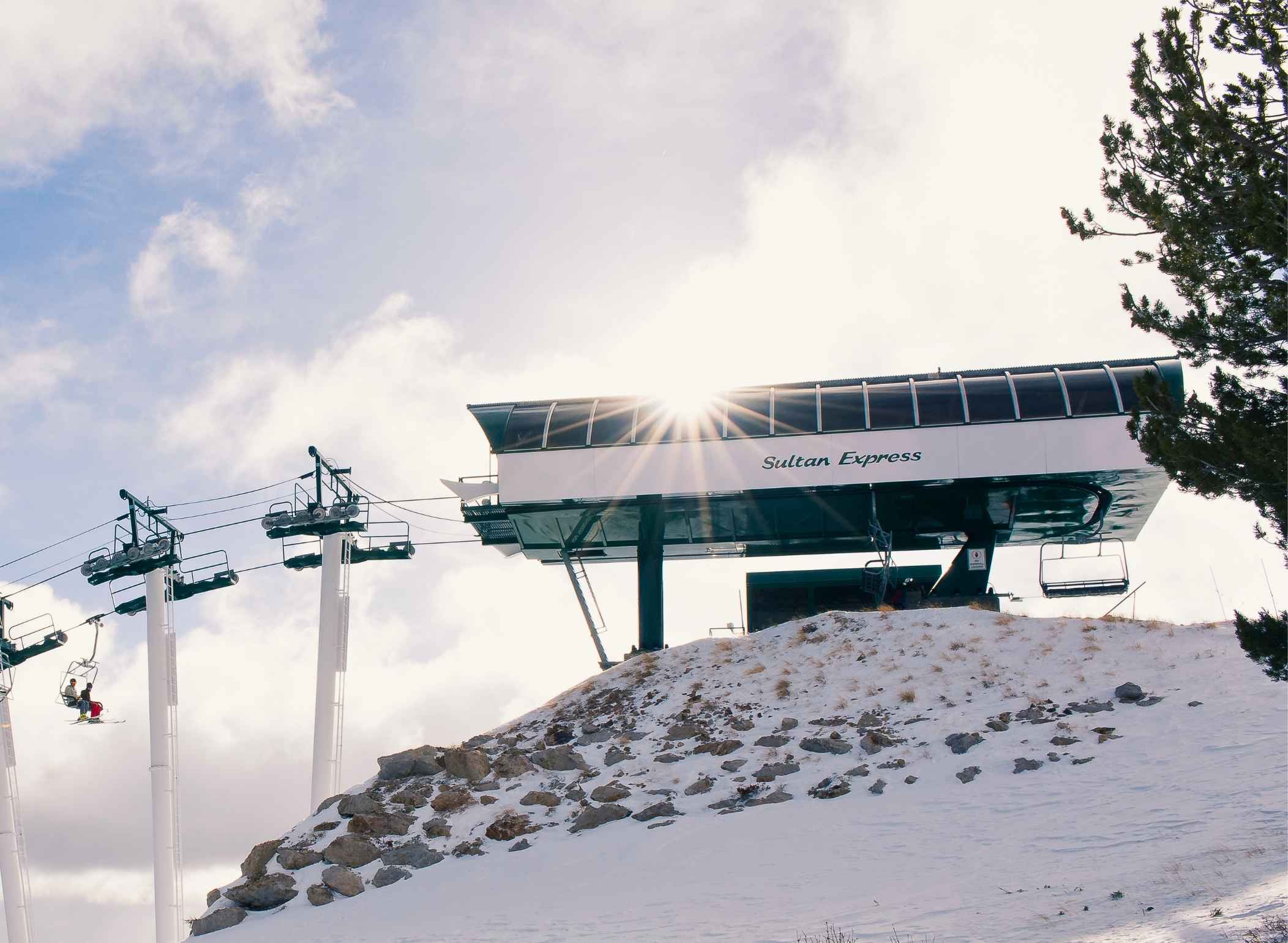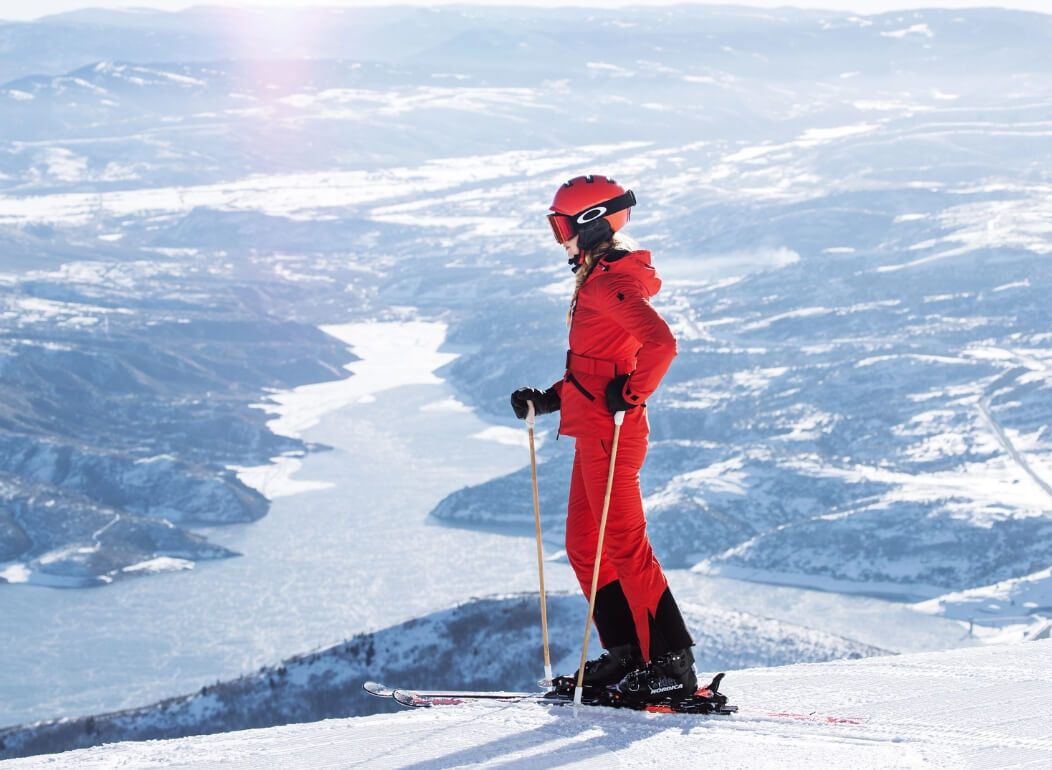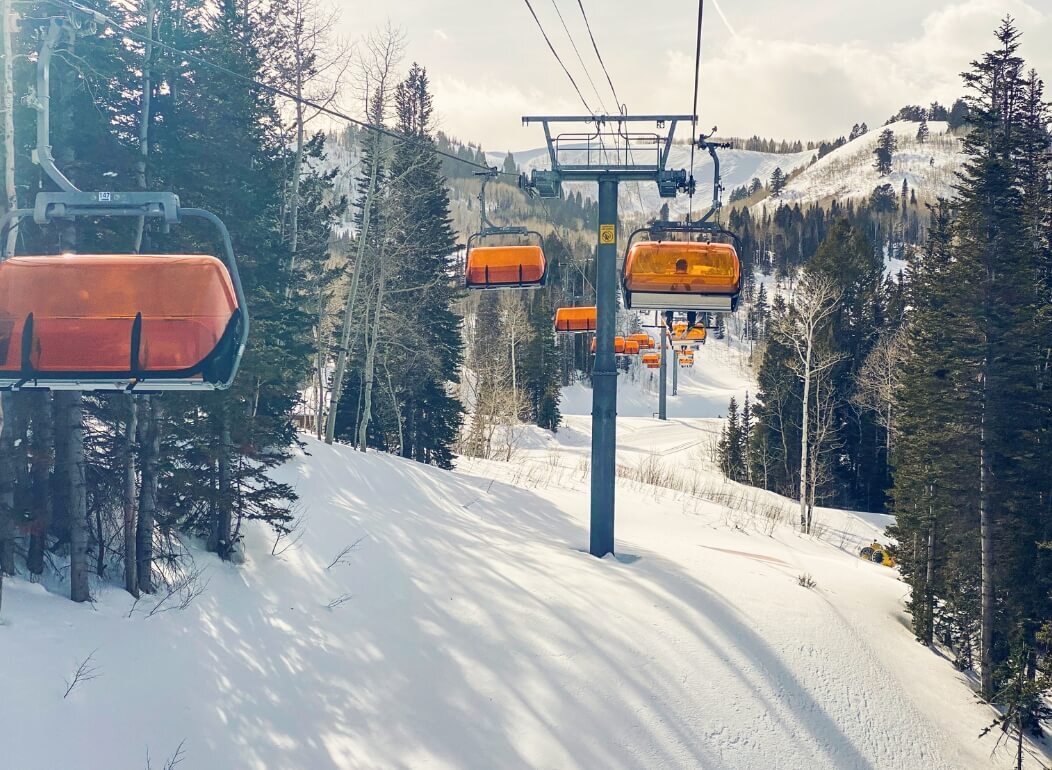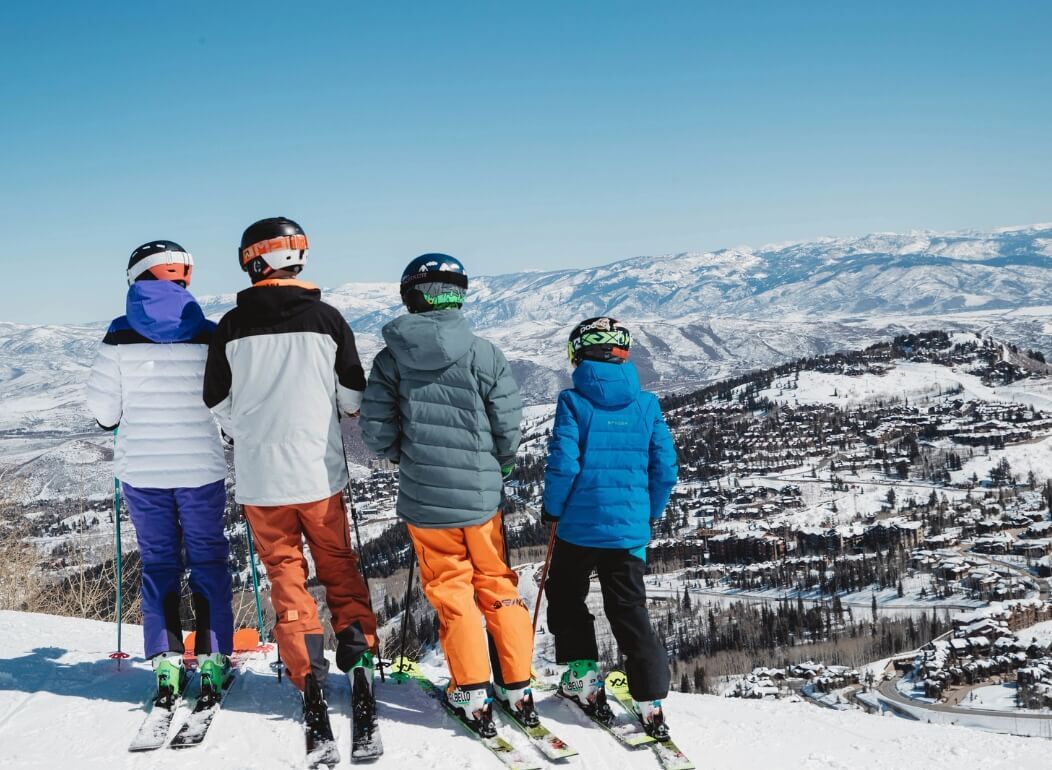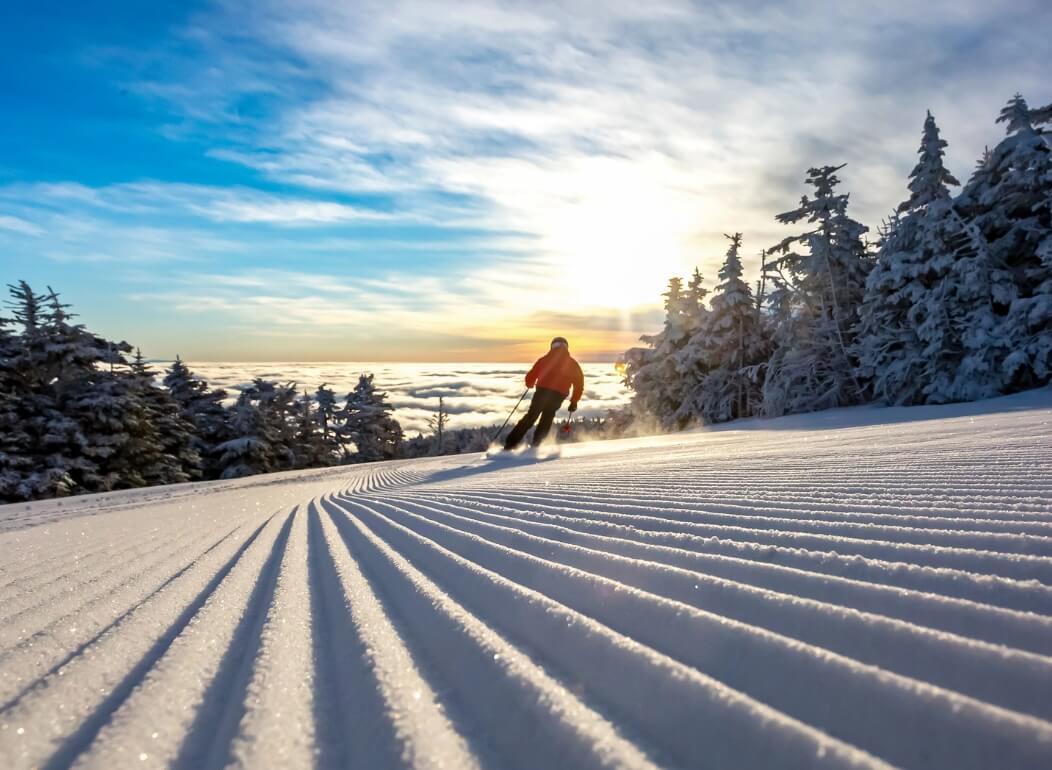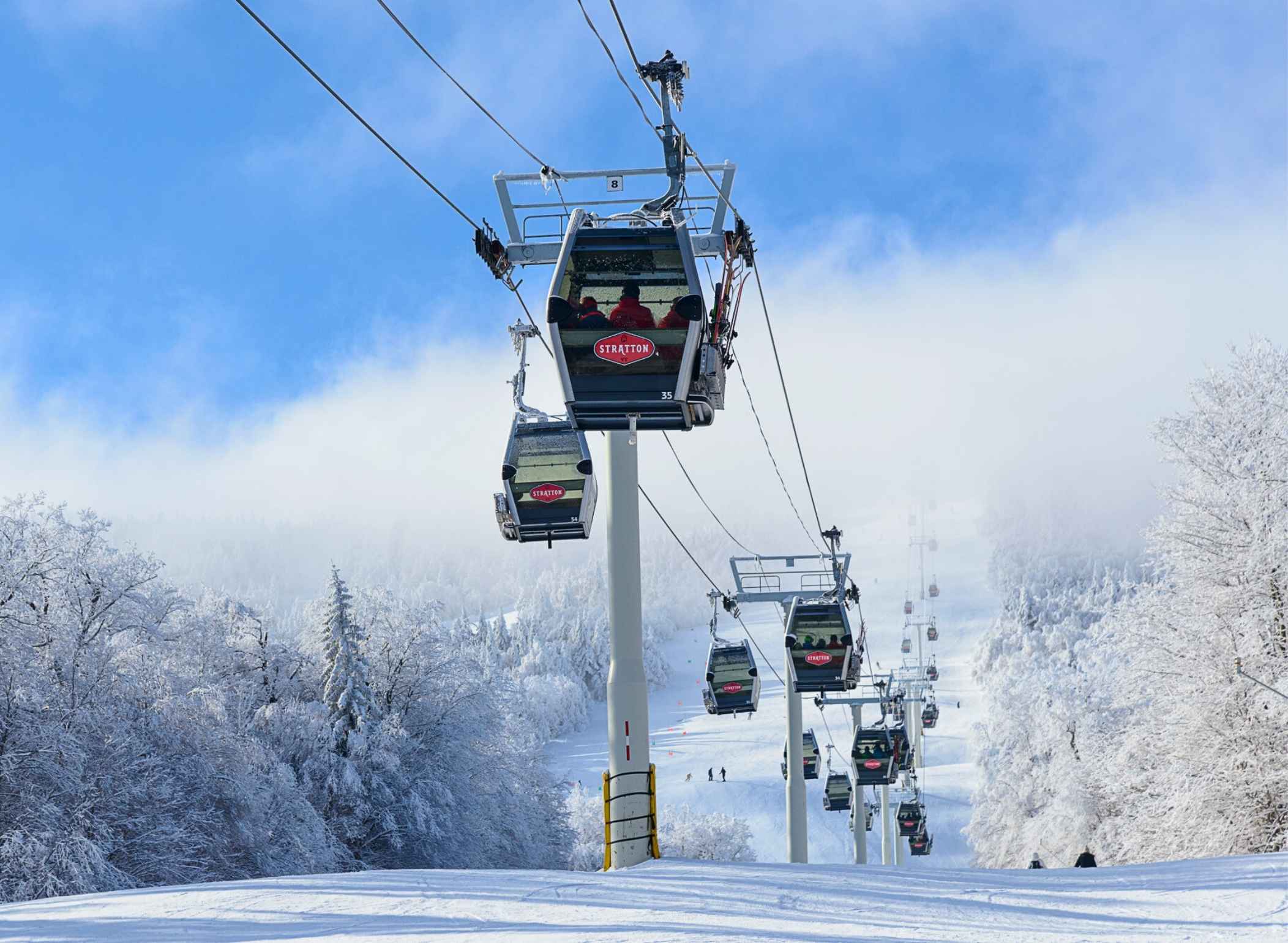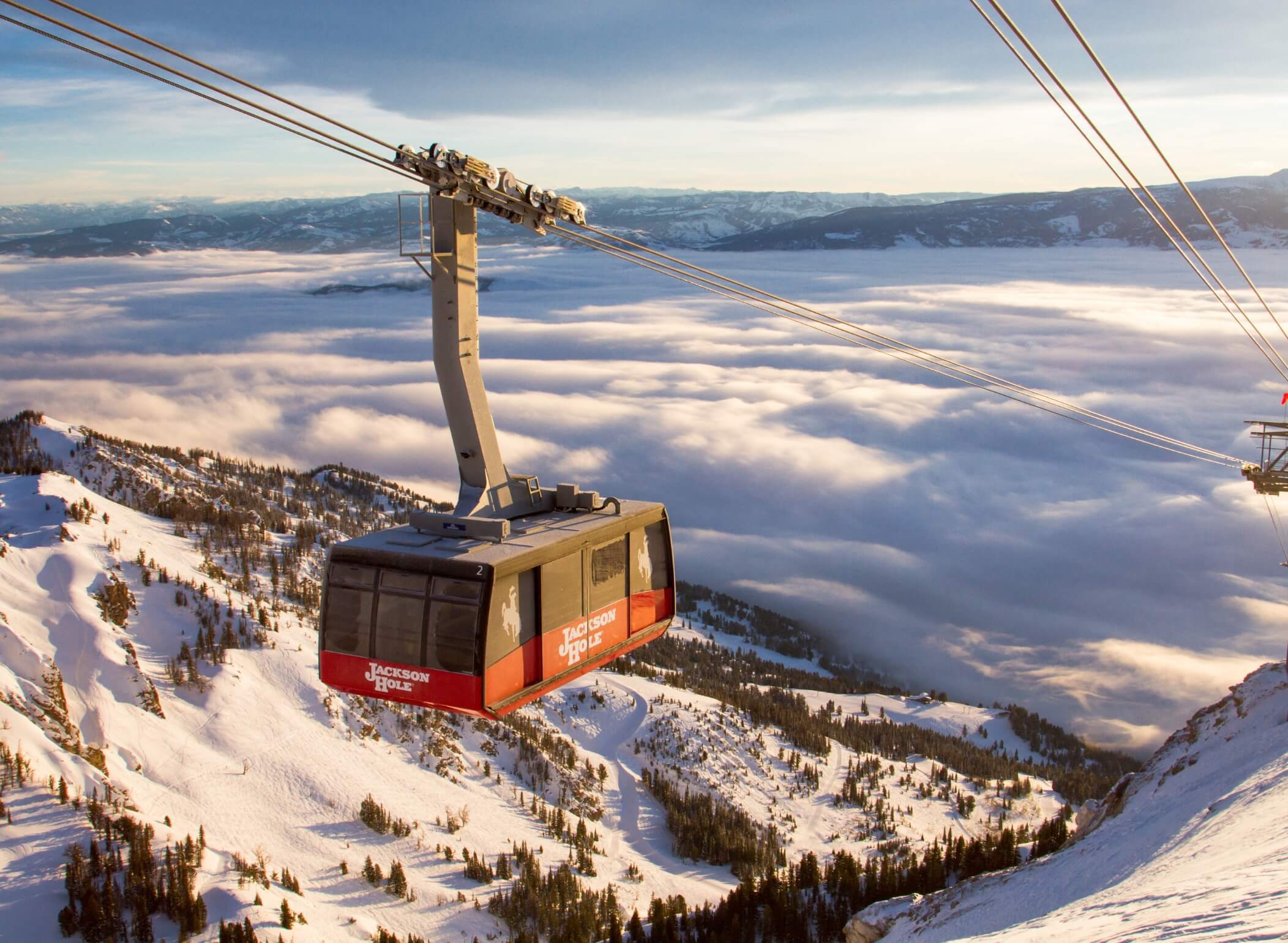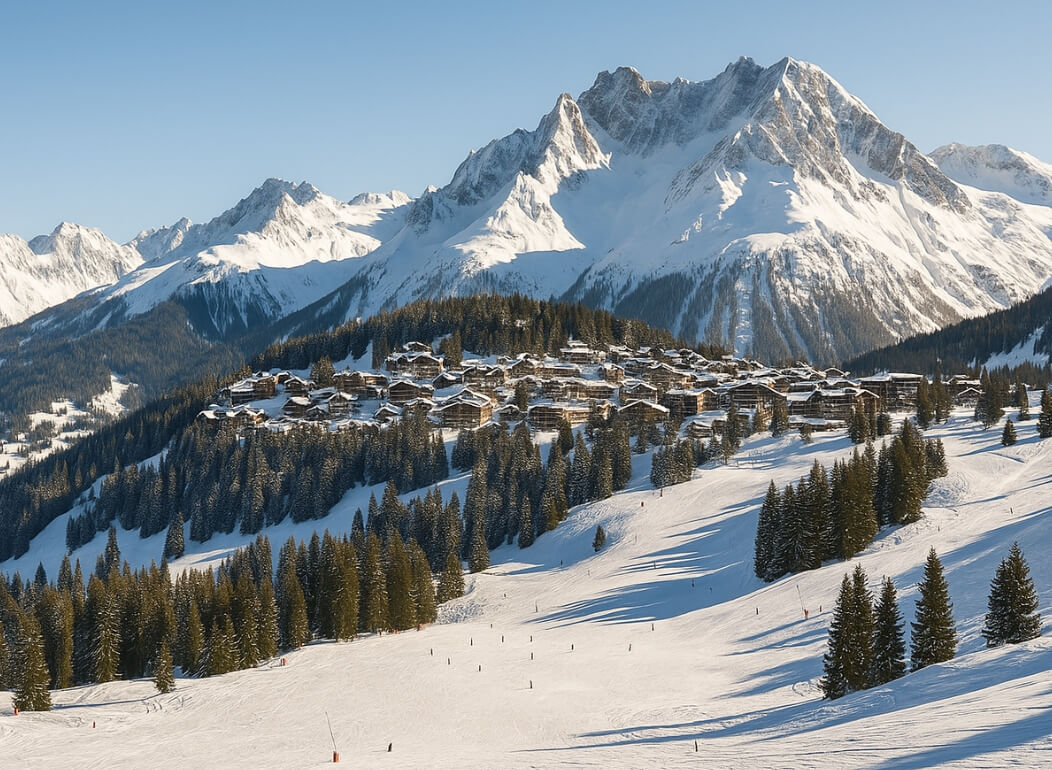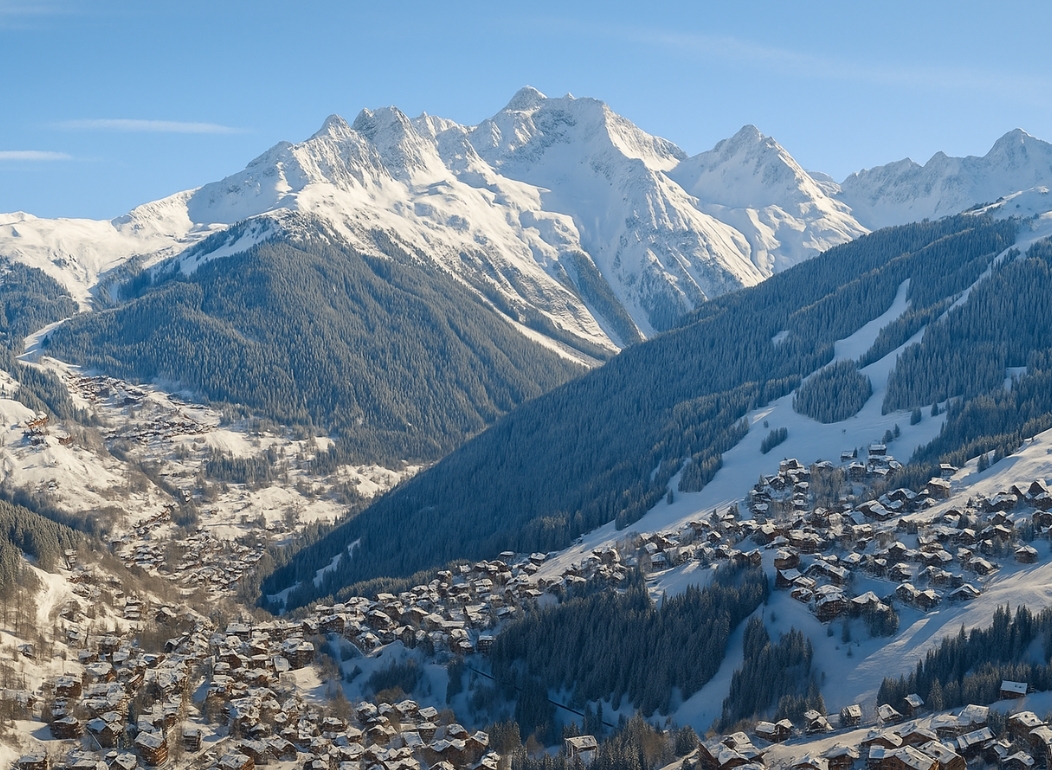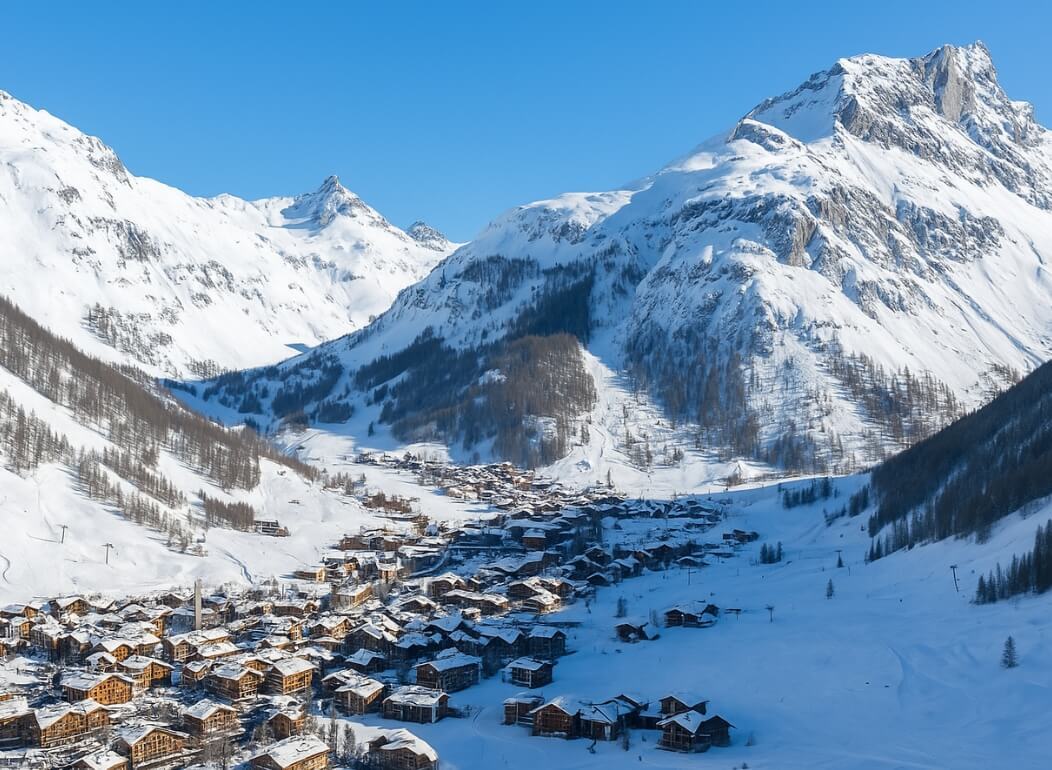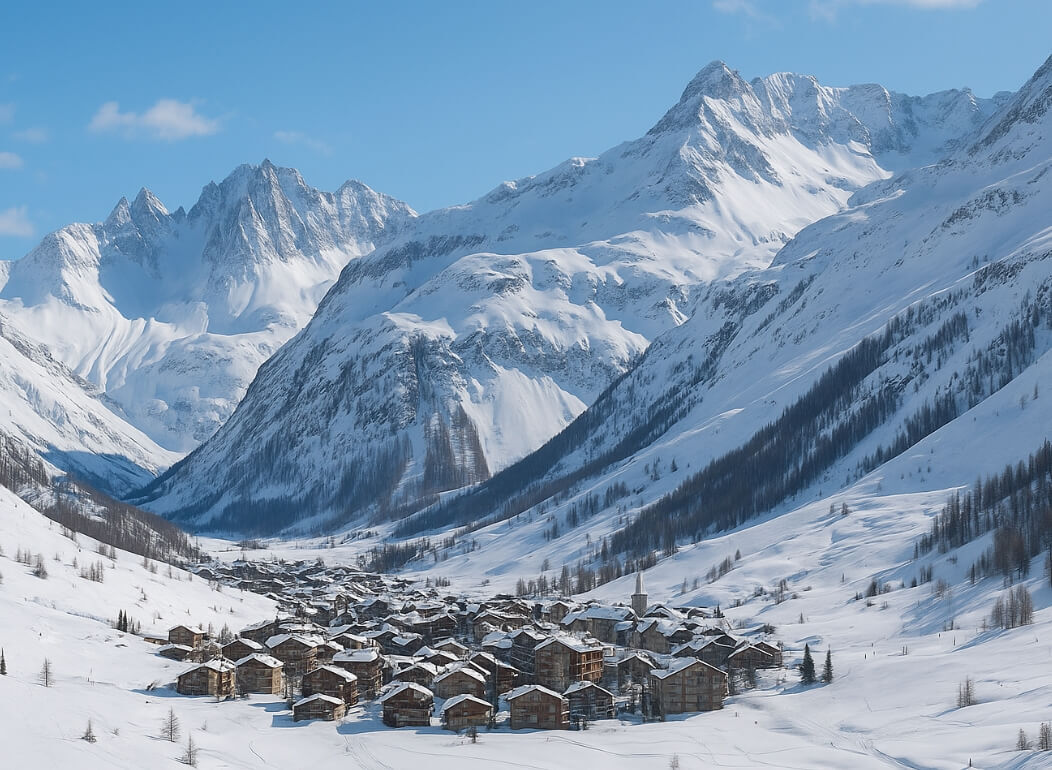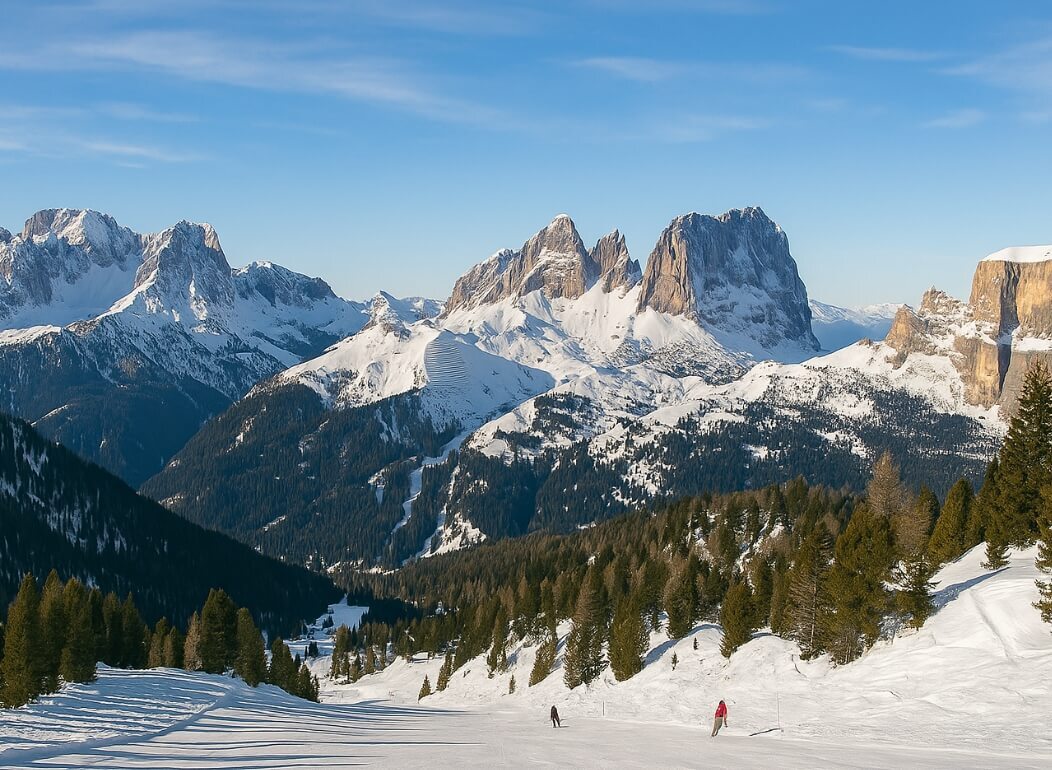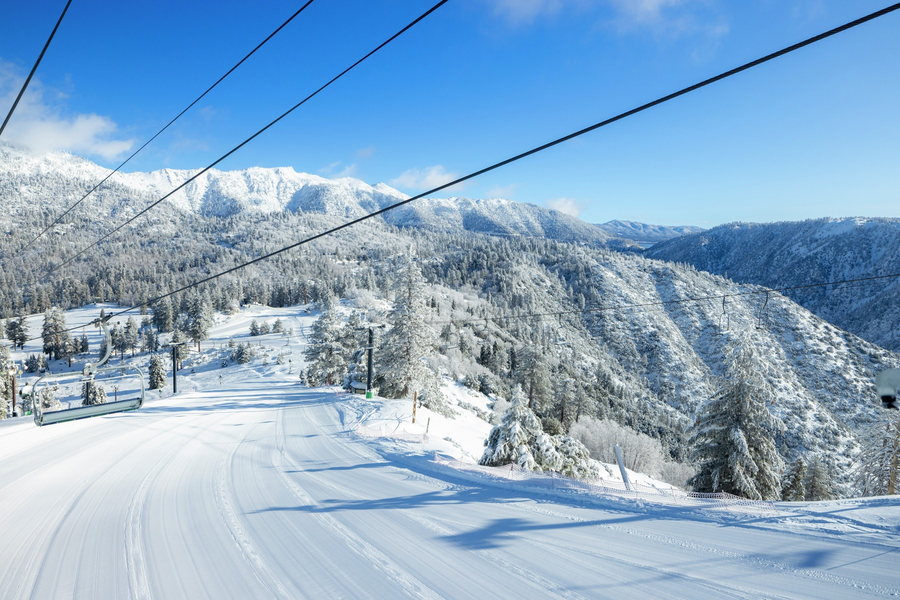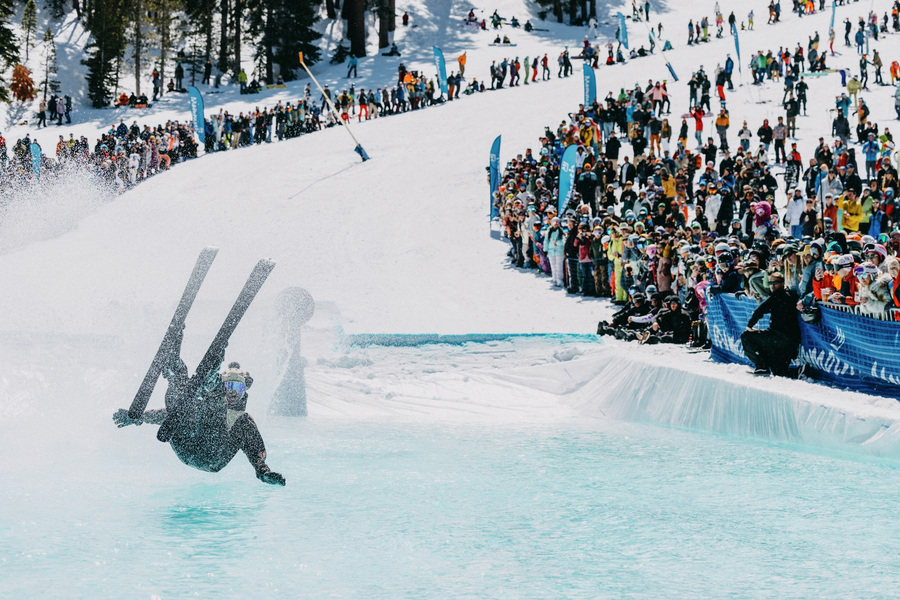How to Get in Shape for Ski Season
With the bulk of ski resorts opening in just 45 days, now is the time to get on a six week ski preseason strength training plan. We caught up with Olympic Gold Medalist, mogul skier, and Certified Personal Trainer from the American Council on Exercise, Hannah Kearney, to find out the most effective ways to get in shape for the slopes. To get stronger, prevent injuries, feel fresh for longer, and therefore have more fun, Kearney advises that you focus on three main aspects in your workout regimen: core, quads, and hamstrings. On the blog today, Kearney will go ahead and breakdown the top exercises for each. Don’t worry- every single one of these exercises can be done with bodyweight in the privacy of your own home, or with a simple set of weights. A gym membership is purely optional but not required.

Image Credit: Garth Hager
CORE
“A strong core will help you balance better, and will make it easier to do almost any activity, not just skiing,” says Kearney. For the first two weeks of the program, aim for 30 seconds of core reps. For weeks three and four, progress to 45 seconds of core reps. Finally, get up to 1 minute of core reps for weeks five and six.
Planks:

Image Credit: Runner’s World
Dead Bugs:
Lie on your back with your knees bent at a 90-degree angle, with your knees stacked over your hips and your shins parallel above the ground. Reach your arms up to the ceiling, in line with your shoulders. To help stabilize your core, think of pulling your belly button into your spine. This will help your lower back flat on the ground throughout the exercise and prevent any back pain. Take one of your legs at the 90-degree angle, and straighten it so that it is hovering just above the ground, while simultaneously extending the opposite arm over your head to also hover just above the ground. Mastering the dead bug and looking for an extra challenge? Throw a resistance band around your feet.

Image Credit: FitBit
Bird Dogs:
Those who practice yoga have probably done bird dogs before. Think of bird dogs as the opposite of dead bugs. Similar in form, but instead of lying on your back, you will be positioned on all fours. Once you are on all fours with your legs bent at a 90-degree angle, start by extending one arm and the opposite leg at one time without letting your core shift from side to side. Do not let your hips sink, or your back arch.

Image Credit: B‑Reddy
Forearm Side Plank:
After you have mastered the side plank hold with your elbow bent to the ground, straighten your arm for phase two, holding firm in your form. Once you are ready for a bigger challenge, start mixing in hip dips, then side leg lifts. Eventually, you will be able to hold and reach over the length of your body for rainbow toe taps, and then top-knee and elbow crunches.
QUADS
“For a successful ski vacation, you will need to strengthen your legs so you can make powerful turns, absorb the impact of bumps, change direction with ease, and reduce fatigue,” says Kearney. For the first two weeks of this program, you can start by doing more reps of bodyweight or light weight leg exercises. Begin with 20 reps. Once you are mastering light weights for 20 reps, up the weight you are lifting and bump down to 10 reps for the middle two weeks. Finally, you should have the goal of lifting a heavier weight but getting in fewer reps by the final two weeks of the program. Add enough weight to make it a struggle, but only aim to get 6 – 8 reps in.
Squats:
Squatting is one of the most effective ways to build up strength in your legs. Start this program with body weight squats, and progress to back squats with a barbell. Alternatively, you can do front squats with a dumbbell in each hand. When you are ready for that extra challenge, try adding in sumo goblet squats with a few seconds of pulsing at the bottom of your squat. This is the ultimate leg burner! Once your legs and core are feeling strong towards the final weeks of the program, try out single leg sit down squats on a bench. The extra momentum you will need to lift your body back up from the bench will help you immensely when it comes to ski season.

Image Credit: Coach Mag.
Step-Ups:
These aren’t the step-ups from your favorite 90s workout videos, but they will similarly have a lasting effect on your leg strength. Use a bench or a gym box and simply step up with one leg, then the other. Be sure to step down slowly and in control to maintain proper form. Once you are in need of a bigger challenge, use a taller box or bench.

Image Credit: Square Box Fitness
Lunges:
What would leg strength be without lunges? Similar to squats, lunges are a core component of leg strength. Do enough of them and you will be sure to drastically increase endurance on the slopes. Start the program with reverse lunges, which are just as they sound: lunge backwards. Progress to forward lunges and eventually tackle walking lunges. When you are ready, start adding in dumbbells in each hand for extra weight. For a more technical modification, try curtsy lunges. These are similar to skater strides and will test your hip and core strength. Eventually, you should be able to go back to reverse lunges while adding in a dumbbell pass through between your legs. Think of this as a figure eight exercise with your arms while you are lunging. Are you a snowboarder looking for even more strength and stability from side to side? Set up similarly to your board stance and step into lateral lunges, alternating from side to side.

Image Credit: Men’s Journal
HAMSTRINGS
“One of the most common ways to prevent major knee injuries like ACL tears is to have strong hamstrings. Ignore the hamstrings and focus only on your quad strength, and you will be more susceptible to injury,” says Kearney. Exactly as you did with the leg exercises, for the first two weeks of this program, you can start by doing more reps of bodyweight or light weight hamstring exercises. Begin with 20 reps. Once you are mastering light weights for 20 reps, up the weight you are lifting and bump down to 10 reps for the middle two weeks. Finally, you should have the goal of lifting a heavier weight but getting in fewer reps by the final two weeks of the program. Add enough weight to make it a struggle, but only aim to get 6 – 8 reps in.
Bridge:
Lie on the ground with your knees bent and your feet flat. Squeeze your glutes and hamstrings to lift your hips until there is a straight line from your knee to your shoulder. Lower back down, and repeat. As you build up strength, you can start extending one leg out straight with the lifting leg still bent. Alternatively, these can also be done with your heels pressed up on a bench for a bigger glute lift. Once you are ready for the next challenge, you can place your heels on top of a physio ball and in bridge form, curl your heels towards your glutes. This type of balancing curl is one of the best ways to build hamstring strength.

Image Credit: bridge2fitness
Russian DeadLift / RDL:
Holding a dumbbell in each hand, slightly bend your knees and then hinge at the hips. Bend forward without moving your spine, sending your butt back and keeping your weight on your heels. Once you have the hang of the dumbbells, you can up the weight to a barbell, holding the bar in front of your shins while you lower down. Need that extra challenge? You can do these on a single leg as well.

Image Credit: Coach Mag.
Wall Sits:
Just as they sound, wall sits are a great way to build up muscle endurance so you can ski a run top to bottom without having to stop because of burning quads. For a regular wall sit, put your back up against a wall and sit at a 90-degree angle with your hands at your sides. Start with 30-seconds and then build up in 15-second stints, seeing how long you can last by the third week of the program. Once you hit week four, try to maintain the wall sit on your tiptoes, and raise your arms against the wall at 90-degrees for an extra challenge.

Image Credit: Coach Mag.
About Hannah Kearney:
Kearney is an Olympic Gold Medalist in Mogul Skiing, Certified Personal Trainer, Member of the International Ski Federation Council and the U.S. Ski and Snowboard Board of Trustees.
Image Credit: Garth Hager
